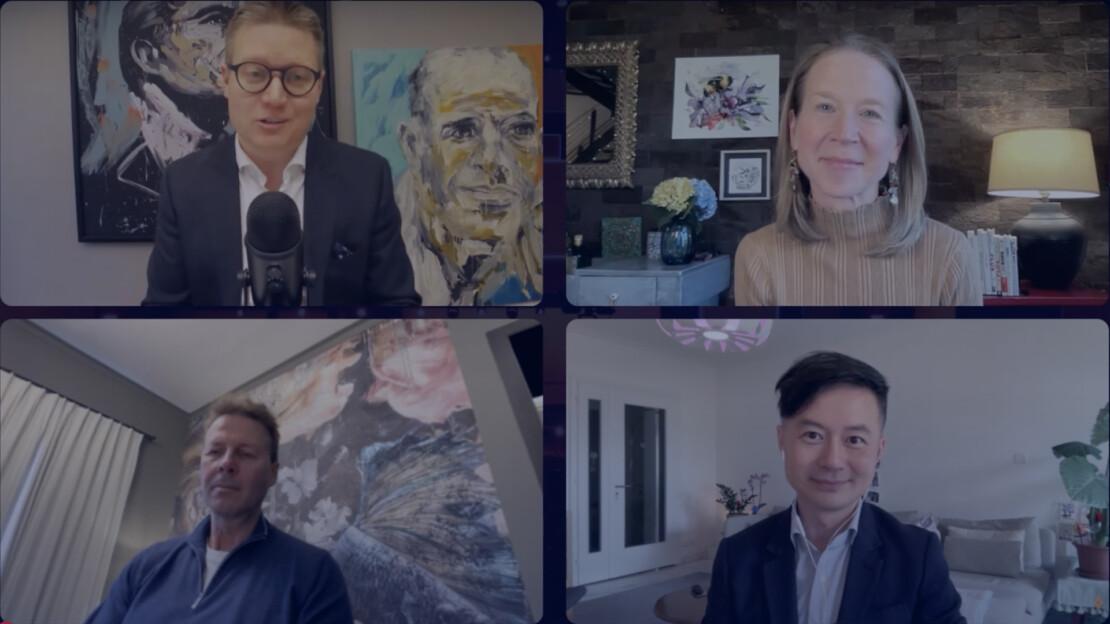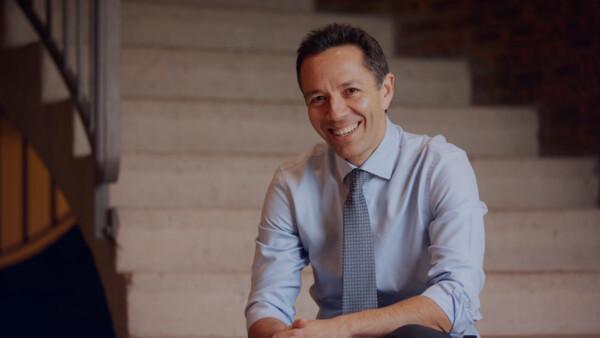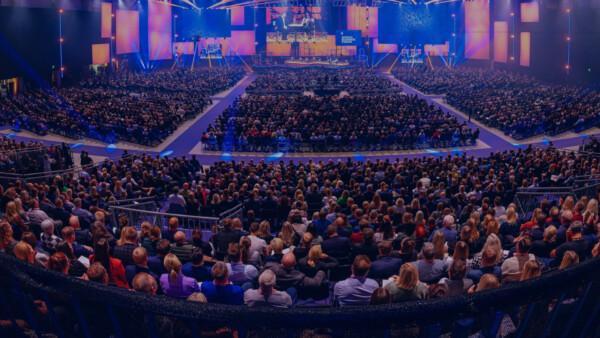20May2025
Ahead of Nordic Business Forum 2025, our co-founder, Hans-Peter Siefen, hosted an online discussion with futurist April Rinne, innovation strategist Howard Yu, and entrepreneur Risto Siilasmaa. They focused on how to strengthen foresight, lead through uncertainty, and build resilience in an era defined by AI and constant change.
The conversation, now available on our YouTube channel, delivered not just ideas, but real, usable insights. Below is your practical guide to foresight, drawn entirely from their conversation.
1. Redefining Foresight: It’s Not About Prediction
Let go of the crystal ball.
Foresight isn’t about guessing the future correctly. It’s about building the ability to notice signals early, prepare for multiple scenarios, and respond with purpose, not panic. As April put it, “We’ve never truly been able to predict the future. It just feels harder now because change is so constant.”
Risto defined foresight as the absence of surprise. “If we’re not surprised, and we’ve done something to prepare, then that’s foresight.” That preparation can’t just be theoretical. It must lead to action.
Howard echoed this by pointing out the danger of what he called the “knowing-doing gap.” Most organizations don’t fail due to ignorance, but because they fail to act on what they already know.
Try this: Review a recent business surprise. Was it truly unpredictable—or just unaddressed?
2. Cultivating the Scientist Mindset
Adopt a mindset that’s experimental, not dogmatic.
April stressed the importance of curiosity and iteration: “The changes we enjoy are usually the ones we choose. The changes we resist are the ones we don’t control. So we need to get curious about those, too.”
This mindset aligns closely with the idea of thinking like a scientist: treat strategies as hypotheses, test them, observe outcomes, and adjust. “It’s not just the experimental mindset,” she said. “It’s about iteration, questioning, and letting go of needing to be right.”
Risto expanded on this with a framework for uncertainty. There are “knowable unknowns,” which we fail to explore out of laziness or fear, and “unknowable unknowns,” which even data won’t reveal. Strong organizations prepare for both.
Try this: Frame one current strategy as a hypothesis. What would you need to test it?
3. Prioritize Mindset Over Methods
If you want change to stick, focus on how people feel, not just what they do.
“We’ve spent decades optimizing processes and systems,” April said. “But mindset—the emotional and psychological readiness for change—hasn’t had enough attention.”
Fear is a major blocker. People often ignore signals not because they’re invisible, but because they don’t want to see them. “Sometimes we choose not to know,” April noted, “because knowing means we have to face a new reality.”
Howard emphasized the need for openness and transparency within organizations, pointing out that “future-ready cultures welcome information and embrace cognitive conflict.”
Try this: Ask your team: What are we avoiding? What change are we afraid to explore?
4. Build Culture Like a Muscle
Resilience and readiness are built through repetition.
Risto outlined three essential components of foresight: observing, thinking, and acting. All three are learnable skills, but only if practiced regularly. “Treat them like muscles,” he said. “If you don’t train them, they won’t grow.”
Howard added that speed matters: “Once you have the signal, how quickly can your organization act?” Leaders need to reduce internal friction, align on data, and design decision-making processes that encourage fast response.
When building culture, Risto recommends starting with clarity: define the kind of culture you want, then recruit for it, measure against it, and reward behavior that reflects it.
Try this: Choose one upcoming decision. How can you make observing, thinking, and acting part of that process?
5. Act Early—Especially on AI
AI is a live case study in foresight. Don’t wait to respond—prepare now.
Risto laid it out plainly: capabilities are rising, costs are falling, and investments are exploding. If those trends continue, the impact will be seismic. “At least one scenario we should prepare for is that AGI is pretty close,” he said. “Let’s have the meeting now, not after it launches.”
He challenged leaders to imagine a well-funded startup built from scratch to disrupt their business using AI, and then ask: how close can we get to that level of capability?
April reminded leaders not to ignore the human side. “The people who fear losing their jobs to AI are the most likely to lose them,” she said. “Because fear leads to avoidance, and avoidance blocks learning.”
Howard pointed out a growing problem: learned helplessness. When employees aren’t allowed to experiment with new tools, even when they want to, innovation dies. “Learning by doing is the fastest way to overcome inertia,” he said.
Try this: Create a safe space for experimentation with AI tools. No pitch decks—just learning.
6. Daily Habits That Build Foresight
Big shifts come from small, consistent behaviors. Here’s how each speaker recommends making foresight a daily discipline:
Howard encouraged team-based learning. “Learn as a team,” he said. “Go outside your comfort zone together. Visit a startup. Debrief. Debate.” Shared exploration not only reduces fear, it builds alignment.
“I would start building the muscle of observing, thinking, and acting,” Risto said. He raised the importance of learning how to learn and thinking about this process on a daily basis. He urged leaders to reflect on how they and their teams gather and interpret information, and how quickly they act on it.
April’s advice was deceptively simple: slow down. “If the world is speeding up, your best move isn’t to run faster—it’s to slow down, reflect, and stay grounded,” she said. Whether it’s time offline, a quiet walk, or a not-to-do list, the point is clarity.
Try this: Choose one of the habits above. Commit to it daily for one week. Reflect on what changes.

 by:
by: 

